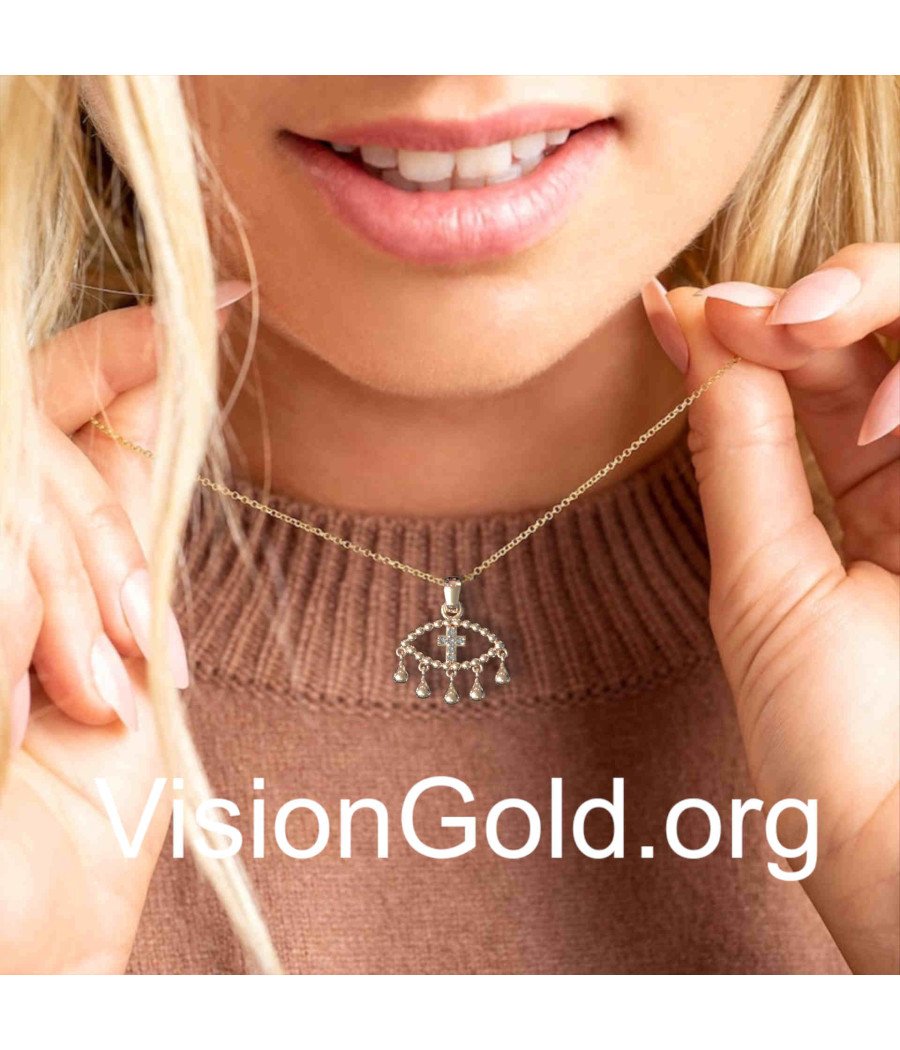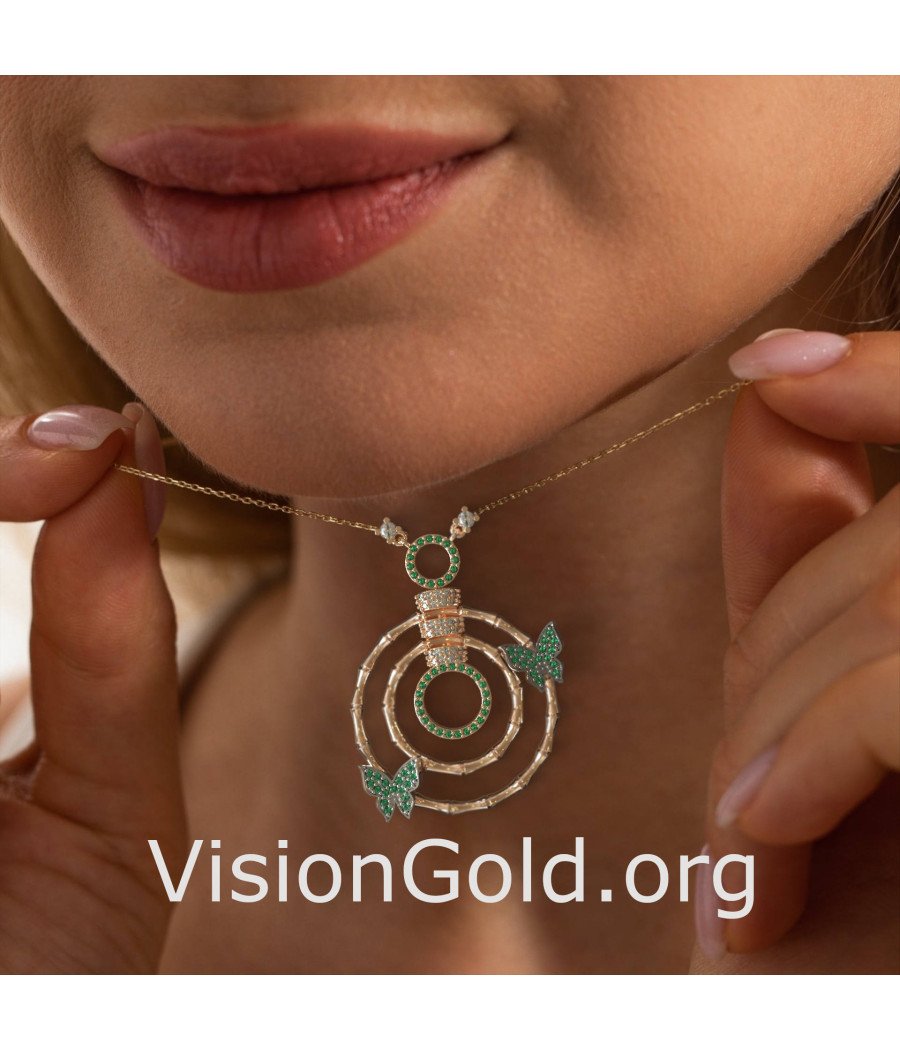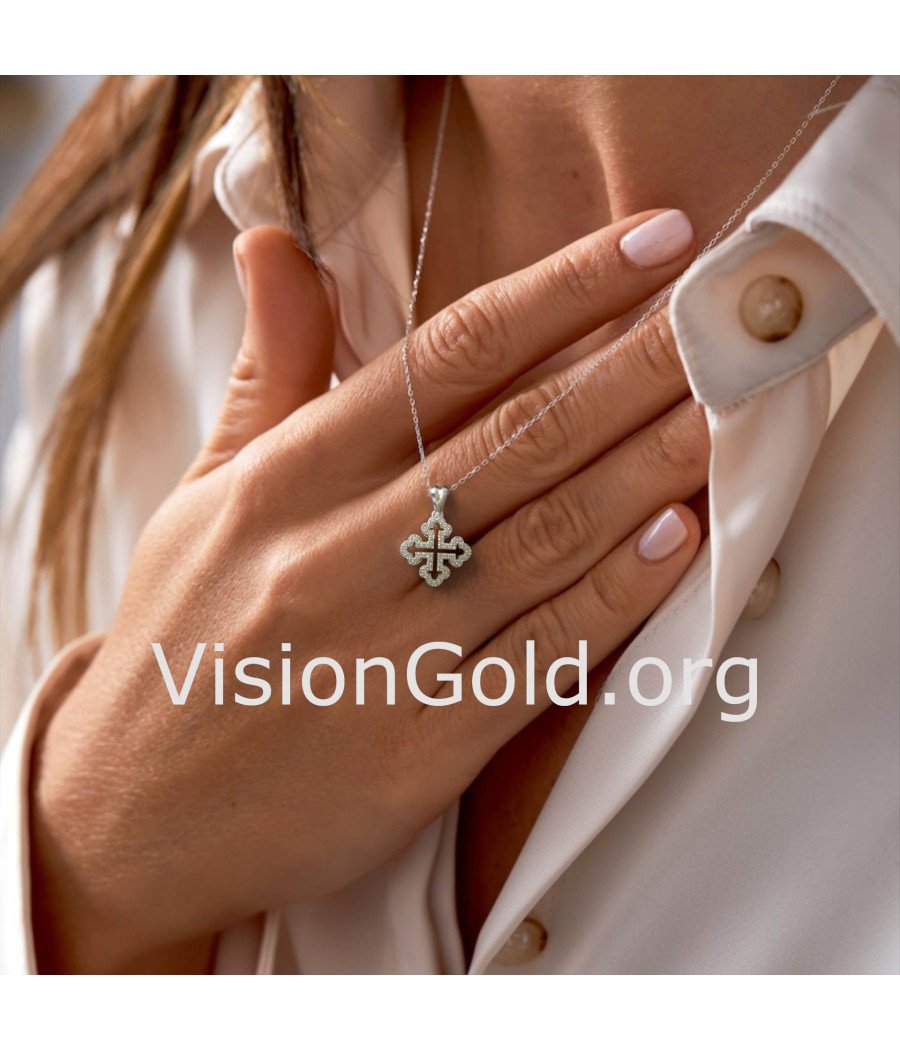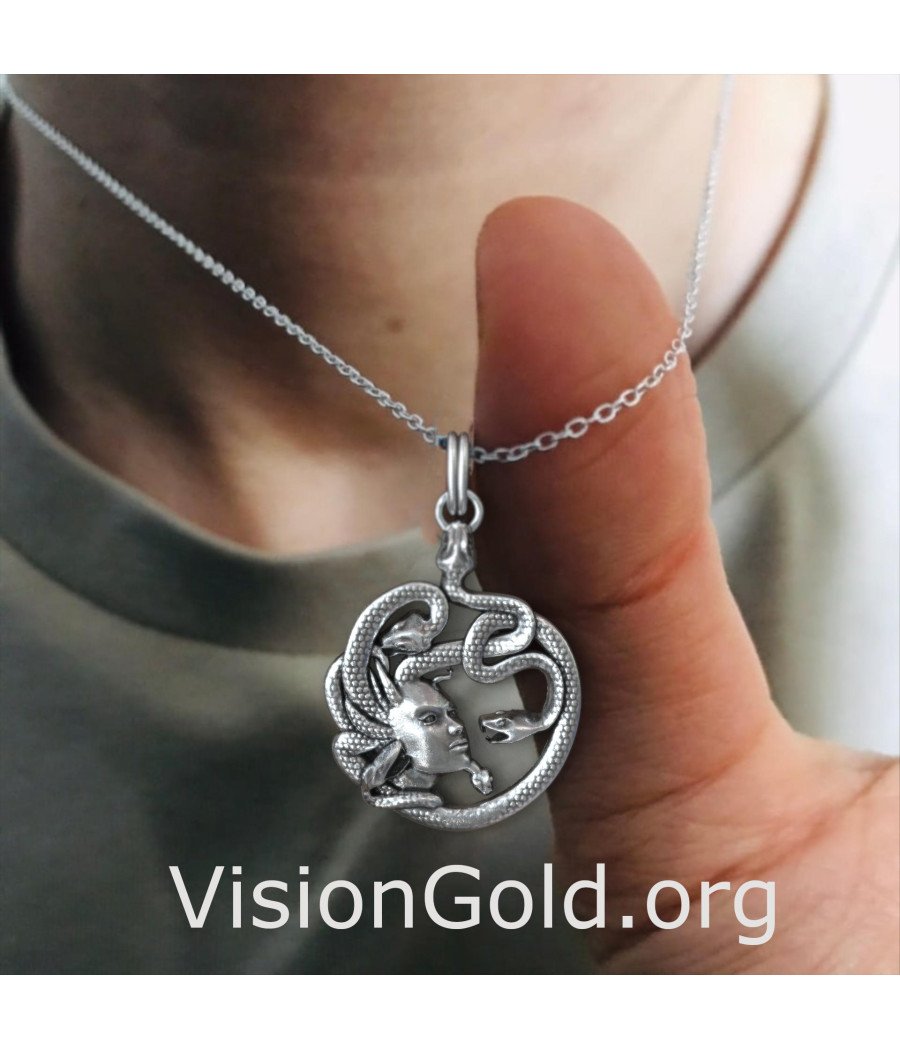
A necklace is usually a type of jewellery worn suspended round the neck. It really is most often created in adaptable types for instance a chain, like a string of beads, pearls, gemstones, or other natural resources, or made from a far more rigid band of metal embellished with gemstones, pearls, beads, or other tactics such as engraving, filigree, repoussé, granulation, for example. Lengths of necklaces fluctuate, and specific varieties connected to extremes in length range from a short choker or Pet dog collar necklace that matches proper round the main portion of the neck to a longer neck chain or string of beads named a sautoir, sometimes worn hanging down to or past the waist.
Symbolic Meanings
As with other items of jewelry, the necklace has actually been an important website of decoration for your body but in addition of conversation for the individual. As valued substance tradition, necklaces talk wealth, electricity, affiliation, prestige, levels of sources and ability, and factors of identification and placement. The durability of jewelry like necklaces made from metal, glass beads, or gemstones offers an opportunity to understand and have an understanding of the technology, cultural practices, artistry, and aesthetics of other cultures and distant time periods.
Early Necklaces
A straightforward necklace comprised of a string of area natural and organic elements for instance shells, tooth, or bone beads is probably the types of jewelry adopted by early cultures all over the world. More important elements from farther away were being also valued for early necklaces, commonly in the form of beads, such as Those people of Mediterranean purple coral found in a Neolithic burial from the Alps (circa 4200-3400 B.C.E.). Other early forms of necklace integrated the torc or torque, an historic Celtic neckpiece manufactured from twisted metallic, plus the lunula, a flat, crescent-shaped and engraved variation with the torc found in Bronze Age Ireland and Scotland (circa 1800-1500 B.C.E.).
Style and Tendencies
medieval jewellery
Necklaces have been made to Exhibit suitable ornamental and stylistic attributes via Each individual time period and from area to location. Each and every interval also has some influence upon All those following, and revivals of variations, which include classical Greek and Roman necklaces or Egyptian beadwork collars, are common. Through the center Ages, jewelry became a more integral aspect of costume, and necklaces replaced brooches as the main kind of jewellery during the late Gothic and early Renaissance periods. Necklaces set with gemstones and large gold chain necklaces with pendants ended up in design and style as being a distinction of wealth and social status from your fourteenth and fifteenth hundreds of years from the sixteenth and early seventeenth generations.
Traits for wearing necklaces have for the most part followed the type of necklines in European and American trendy dress. To put it differently, as necklines ended up reduced, additional, and extra elaborate, necklaces were seen. But this doesn't essentially necessarily mean that necklaces weren't worn when necklines ended up significant. One example is, a carcanet is usually a style of huge, bejeweled or enameled gold backlink necklace that resembles a collar. It had been worn by Guys as a status image during the fifteenth as a result of seventeenth hundreds of years, encircling the base of the neck over a person's doublet and beneath the elaborate lace ruff, or worn with gold chains wrapped around the neck, or hanging over the shoulders down the entrance of bodices and doublets.
A Matched Set
Victorian jewellery

The necklace was a central piece while in the eighteenth-century parure or matching set of jewellery for a woman, which also included brooch, earrings, bracelets, in addition to a pendant or tiara. The necklace was meant to become worn as night dress in with a reduced décolletage bodice, although higher necklines of daywear involved the brooch or even the pendant instead. This concept of the matching set lasted throughout the early twentieth century until gown grew to become additional casual and when cost-effective but nevertheless interesting costume jewelry became extensively readily available. New products like plastic and new technologies connected with mass generation and mass media have greatly expanded the social repertoire. Necklaces within the late twentieth century had been styled to stick to equally vogue and preferred culture developments, but also to meet a variety of requires for Females's dress primarily based from time to time, taste, or preference, and amounts of fashionability and affordability.
Components
Certain components have very long held reign for necklaces through the Western heritage of gown, which includes gold, diamonds, and pearls. The diamond necklace is one of the most costly symbols of prosperity, glamour, and prestige throughout record. Pearls were being the material of option for Roman Gals, and revivals of Classical time period particulars seen in Renaissance or early-eighteenth-century neoclassical costume have provided strings of pearls. The pearl was also beloved by Elizabeth I inside the sixteenth century, sparking a trend for very long pearl necklaces draped and pinned above elaborate stomachers. Within the mid-twentieth century, the short strand of pearls grew to become a traditional reward for young American and British Women of all ages on their sixteenth birthday, and it continues to be a well-liked choice for Gals's Qualified and company costume ensembles and bridal costume. The development of imitation and synthetic diamonds and cultured pearls equalizes to a point the idea of preciousness in jewellery and tends to make the glimpse of these prestigious elements available to a large and numerous audience currently.
Not Only for Females
guy wearing necklace
Both equally Guys and girls through Western background wore necklaces right until the eighteenth century, if they became principally a feminine purview. Nonetheless, American popular tradition influences including the 1960s hippie "appreciate beads" as well as the nineteen seventies disco dance craze manufactured it more stylish for European and American Gentlemen to wear necklaces as Section of popular trend. These include gold chains, some strung with amulets or charms such as the gold Italian horn or simply a gold cross. This trend grew to become incredibly notable while in the late twentieth-century hip hop new music scene, when ostentatious platinum and gold chains hung with diamond-encrusted pendants displayed, as conspicuous usage, the recently acquired prosperity for African American Adult men. Necklaces for guys in certain occupations in no way went out of fashion, and better ranks of clergy, which include Roman Catholic or Anglican bishops and cardinals have, since the Renaissance, continued to put on elaborate and pricey neck chains with substantial hanging pectoral crosses or crucifixes as section in their ecclesiastical regalia.
Mainstream Use

Throughout the wide design and MEN'S NECKLACES style classification of ethnic jewellery, necklaces have today transcended their original or conventional use by ethnic groups around the globe and are gathered and worn by European Us residents of both genders as fashion or adornment regardless of, or maybe even in reference to, their primary indigenous capabilities or meanings. On the other hand, all over heritage, the necklace as indigenous tribal or non-Western ethnic jewellery is and continues to become a significant expression of all of the uses and meanings of jewellery outlined In this particular volume. In several cultures, the necklace has taken precedence more than other forms of jewellery as The main piece for adornment and communication in expressing id or place. Additionally, ethnic necklaces made from cherished components like gold and silver, or important natural materials like coral are commonly the repositories of a woman's or spouse and children's wealth. For example, in lots of nomadic cultures around the world, specifically in Central Asia, North Africa, and through the Middle East, significant silver necklaces, Possibly together with high-priced features including amber or coral beads and incorporating silver cash, are portable "personal savings accounts" or varieties of wealth and currency that would be transformed to cash when expected. The heavy silver collar-sort necklaces of your Hmong and Hmong-American ethnic team, originally from Southeast Asia and now predominantly living in The usa as political refugees, may perhaps consist of countless silver cash and several other lbs . of silver metal. These necklaces serve a Major operate of exhibiting the spouse and children's financial prosperity when worn by youthful women in courting rituals at Hmong New Yr's celebrations. Gold necklaces, amid other goods of jewellery for instance bangles or earrings, are procured by women in Asia and India, one example is, as their money warrants. These are put apart for future needs as expense and financial savings and brought out for display at weddings, For example, especially when worn via the daughter of your spouse and children to be a bride. In lots of cases, gold or silver jewelry is the only method of prosperity that a woman may have usage of. In One more instance, costly Italian coral beads are gathered and manufactured into necklaces by ethnic groups in West Africa, including the Kalabari Ijo while in the Niger River delta. Worn by the two Males and girls at ceremonial features, these necklaces are crucial markers of identification but additionally an important motor vehicle for displaying relatives wealth and Status.
Pendants
A pendant is surely an ornament that is suspended from A different piece of jewelry for instance a necklace, neck chain, ribbon, brooch, bracelet, or earring. Pendants get many forms which include huge gems or pearls, cameos, crosses, lockets, amulets, or watches. Amulets as pendants are actually most important as one of many first sorts of prehistoric jewelry. As pendants, amulets keep an unprecedented level of popularity while in the early twenty-initially century pretty much as good luck charms, as talismans, and as safety with the evil eye or any number of other perceived disasters or supernatural forces. Pendants are regularly designed to be detachable so they may be applied on different necklaces, or created that has a pin-again so they could even be worn as being a brooch.
Religious Symbolism
Cross necklaces

The cross or cruciform form is a vital style of pendant in spiritual and amuletic types of jewellery which has been worn since the development of early Christianity. It could carry ornamental, protective, and devotional or religious meanings. Wearing a cross can visually signify an individual's religious affiliation, and various shapes of crosses can symbolize various branches or subcults of Christianity. A crucifix is actually a sort of cross displaying Christ's crucified human body, NECKLACE FOR MEN worn predominantly nowadays by religious clergy. Crosses have been made from various precious and nonprecious materials to suit a variety of models, preferences, and economic standings. Crosses in the center Ages and Renaissance were being designed as reliquary pendants to hold what was believed to be a relic of your genuine crucifix. In modern day Western Christianity, tiny gold crosses on a chain are crucial presents for a child's christening or to start with communion. Crosses have also been worn as charms or amulets to thrust back evil or to guard the wearer from illness. For example, smaller gold crosses created with coral beads are worn in southern Italy these days being an amulet that combines the amuletic defense of crimson coral versus the evil eye Along with the symbolism of Christianity. This cross is noticed as extra socially suitable than wearing the purple or gold horn amulet known as a corno. During the late twentieth century the cross is appropriated as a fashionable sub- or popular tradition motif worn without the need of religious overtones or with a way of defiance against its standard symbolism. Other sorts of individual pendants That may be worn to signify spiritual affiliation consist of the Roman Catholic saints' medals, the Jewish Star of David, the Islamic Hand of Fatima, the Hindu Om mantra symbol, or perhaps the phylactery or amulet case worn in Jewish, Islamic, and Tibetan Buddhist religions. This final illustration is a little decorated metallic box enclosing a prayer or scripture passage composed on paper.
Lockets
A locket is a small pendant in the form of the flat, spherical, or oval circumstance using a hinged protect, worn ordinarily on a neck chain or suspended from a necklace of varied variations. MEN'S NECKLACES It is actually worn as being a sentimental piece, meant to hold a memento like a lock of hair, a photograph, or, prior to the invention of pictures, a miniature portrait painted on ivory. These are comprised of numerous metals and with various tactics, generally established with gemstones and engraved or enameled. Early lockets ended up worn as devotional or reliquary jewellery, designed in the center Ages and renaissance to hold a saint's relic. While in the sixteenth century, monarchs like Elizabeth I generally offered presents of lockets holding their portrait to favored courtiers. A single renowned example of a commemorative kind of locket is Elizabeth's "Armada Jewel" (circa 1588) using a cast gold and enameled profile portrait of her around the entrance and an enameled depiction of Noah's Ark over the again, designed to celebrate England's victory above the Spanish Armada. Lockets had been extremely popular in the eighteenth and nineteenth generations, which continued into the twentieth after images was designed. Nineteenth-century Victorian lockets have been a crucial betrothal gift or sentimental reward of non-public devotion. Lockets were routinely designed as watchcases for men and worn suspended with a enjoy chain or fob.